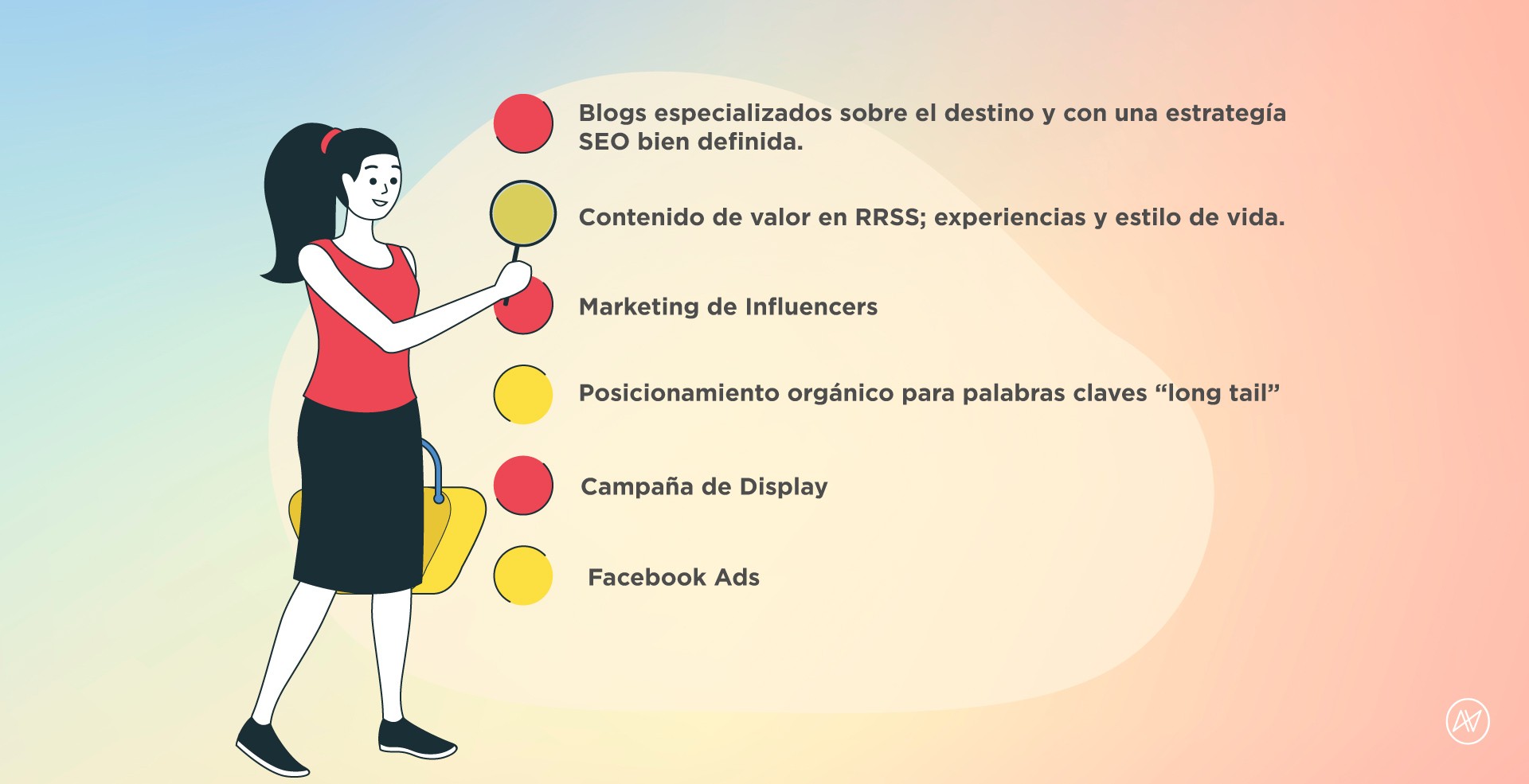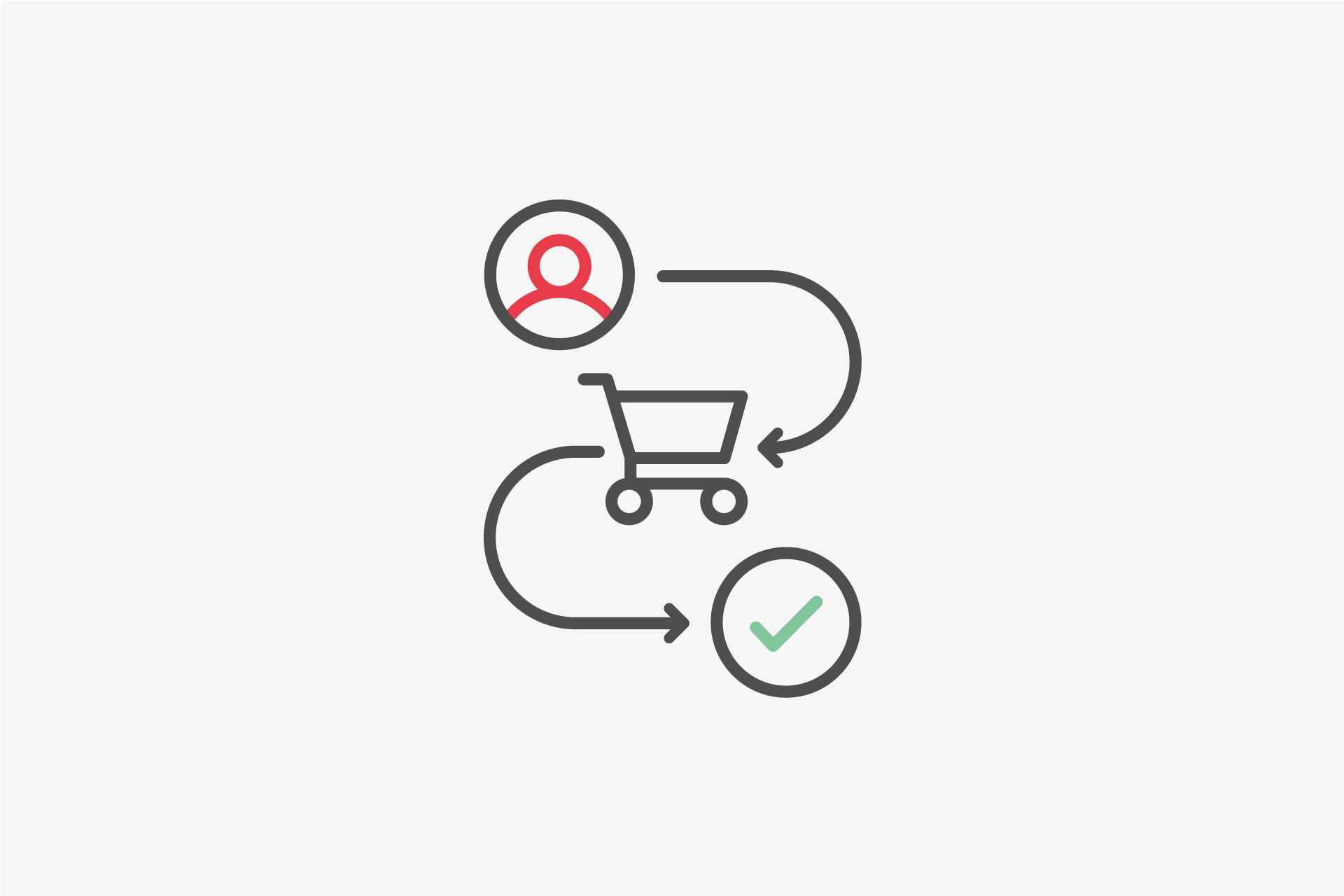Fourth stage of the Customer Journey: SERVICE / STAY
The time has come for the hotel experience. The fourth stage or phase of the Customer Journey begins when the guest arrives at your accommodation to begin their stay, carrying all their expectations on their shoulders.
It is time for the hotel operation to live up to its promise of value, embodying each experience as unique as possible. A welcoming smile or a complimentary drink while waiting to check in are small details that make a difference and personalize the experience into a memorable one. These can later translate into positive reviews, recommendations and a long-term relationship with the guest.
Destination Experience
When the guest is already enjoying the Hotel's amenities. Their experience is made up of two specific factors:
The expected benefits, which initially enamored the customer and have to do with the services provided by the accommodation, its value offer, spaces, attention, among other factors.
The surprise or differentiating factor; which considers the value options offered by a hotel that the guest did not know about, which do not necessarily have to be free but are differentiating. That is to say, hey must have the potential to positively surprise the guest, such as a transportation service, an activity guide with preferential prices at the destination, gifts when certain conditions are met, benefits for birthdays, among others.
Hotel operation is complex and involves a multiplicity of factors to measure its quality. What is certain is that the focus of the operation must be the guest and the hotel's value offering that meets their needs.
Fifth stage of Customer Journey: POST-JOURNEY
The post-trip is the last stage of the Customer Journey (which, if well managed, can be the step prior to a new reservation). It starts from the moment the guest leaves the hotel facilities at the end of their stay, thus ending the service.
It is no mystery that retaining existing customers is much more profitable than constantly investing to acquire new ones. This implies a challenge and a predisposition on the part of the property to create and maintain long-term relationships with its clientele, making the most of its database and kardex of each client.
At this stage, we can distinguish these valuable tools:
Satisfaction survey
When a stay is about to end or ended relatively recently, it is important to give the customer the option to rate their stay.
Online reputation is one of the most significant intangible assets today. Customers have to say and can empower or send to the bottom of the abyss companies that do not look after their interests and/or mislead their customers with false promises.
No one wants to stay in a hotel with a bad reputation, which directly affects the hotel's occupancy and future. Conversely, a hotel that has a good reputation online (social networks - its own and those of its guests -, on OTAs, on Google My Business tabs, word of mouth) is a hotel that has a guaranteed full occupancy and more importantly, take control of your rate and lead your bookings through the direct channel generating a higher margin of profitability.
Loyalty Program in Hospitality
Loyalty programs are a marketing strategy designed to encourage customers to continue consuming in exchange for rewards and exclusive benefits.
A loyal and brand-loyal customer is a customer who establishes a long-term relationship with the hotel and through their cumulative consumption can access a scheme of rewards and exclusive benefits, such as free nights, breakfast included, Wi-Fi, better room categories, even benefits associated with other businesses in a network of business partners.
Within the industry, the work done by Marriott Rewards and its loyalty program serves as an example. The program allows the guest to earn reward points when staying at one of the 29 affiliated brands, with additional points by making purchases with one of the Marriott or Ritz-Carlton affiliated credit cards. As benefits, points can be redeemed for gift cards, cruise vacations, car rentals or concerts and sporting events.
Database; Offers and promotions
After the guest's stay, the hotel has (or should have) all the valuable information about the guest in a customer kardex. Basic information such as personal and contact information, tastes, preferences, type of trip taken, reservation anticipation, average expenses, among others.
This database allows the hotel to establish a unique conversation with each client, with personal messages such as a special offer for a birthday or a promotional package to celebrate again the anniversary of marriage in the hotel.
It is not about invading people's privacy with a constant bombardment of useless offers, but about maintaining communication with customers in a personal and genuine way, understanding the characteristics, tastes and preferences of each one in order to bring them value propositions.
Don't worry, technology is on our side. With a good organized and segmented database, and a platform to automate messages so that they are triggered at the right time, you can achieve great benefits at a low cost.
Touchpoints in the Post Trip stage are characterized by being a direct and personalized contact with the client. Some of them that the hotel can consider are:
Emails
Text messages
Phone calls

Conclusion
The customer has been at the center of the scene for decades. Understanding their buying journey in the hospitality industry is not only important, it is essential to empathize with the customer's needs, joys and frustrations and to be a viable option when it comes to their decision and purchase.
A marketing plan without a defined Customer Journey is a waste of time and money. It is not about finding a single model that works forever, but about understanding and continuously optimizing this ever-changing journey.
The Customer Journey in the travel industry is complex when considering a multiplicity of variables in the marketing and operation of the hotel.
But don't worry, we are here to help. We have helped small and large hotels consolidate their direct sales and strengthen their operations. Contact us and find out what we can do for you.



